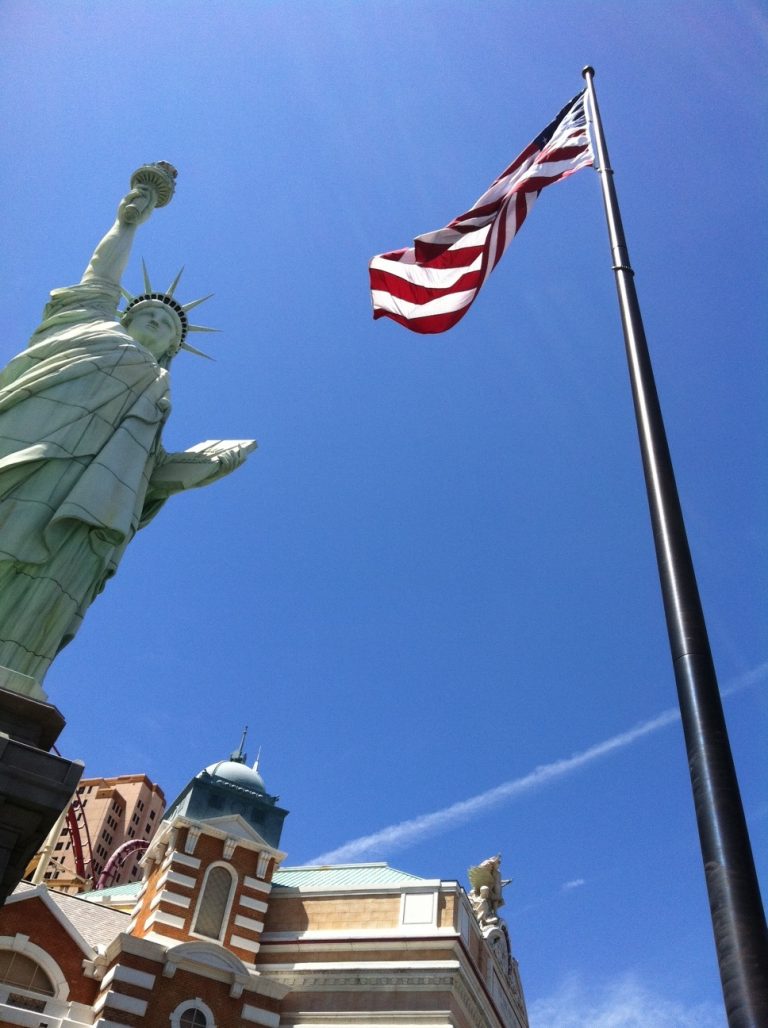Each customer and use of a flagpole is unique. Many factors decide what pole is right for the location. We have compiled some of the most important factors to consider before you order a flagpole. Please call us for help with your specific flagpole selection.
Flagpole Height
The height of the pole is one determiner for the size of flag. Generally, the flag in no wind should drape to about 1/4 the height of the pole.
Flagpole / Flag
- 20’…………….3’x5′, 4’x6′
- 25’…………….4’x6′, 5’x8′
- 30’…………….5’x8′, 6’x10′
- 40′-45’……….6’x10′, 8’x12′
- 50’……………..8’x12′, 10’x15′
- 60′-65’……….10’x15′, 10’x19′
- 70′-80’……….10’x19′, 12’x18′
- 90′-100’…….20’x30′, 30’x60′

Zoning Restrictions and Location
Municipalities have zoning restrictions for pole heights. All of our installations include engineering and permits. The location of a flagpole should be assessed for proper distance from buildings and trees for flying the recommended size flag.
Type Of Flagpole
Aluminum flagpoles are standard Aluminum Satin Finish and are available in several color finishes. Fiberglass poles are white.
Flagpole External or Internal Halyard System
Internal Halyards are the most secure with a locked curved door on the pole to access the roping cam-cleat or winch system. The flag is secured to a rope flag assembly which is weighted at the bottom and secured to the pole with a beaded sling. External halyards can be secured with a lock box over the cleat system.
Thickness & Butt Diameter
Flagpole wall thickness and butt diameter specifications determines pole strength and size of flag, or total square feet of flag material, that can be flown in the wind zone location. All Nevada is in a 90 mph wind zone. For example a heavier duty pole can fly 2-ply polyester fabric, and more square feet of flag.
